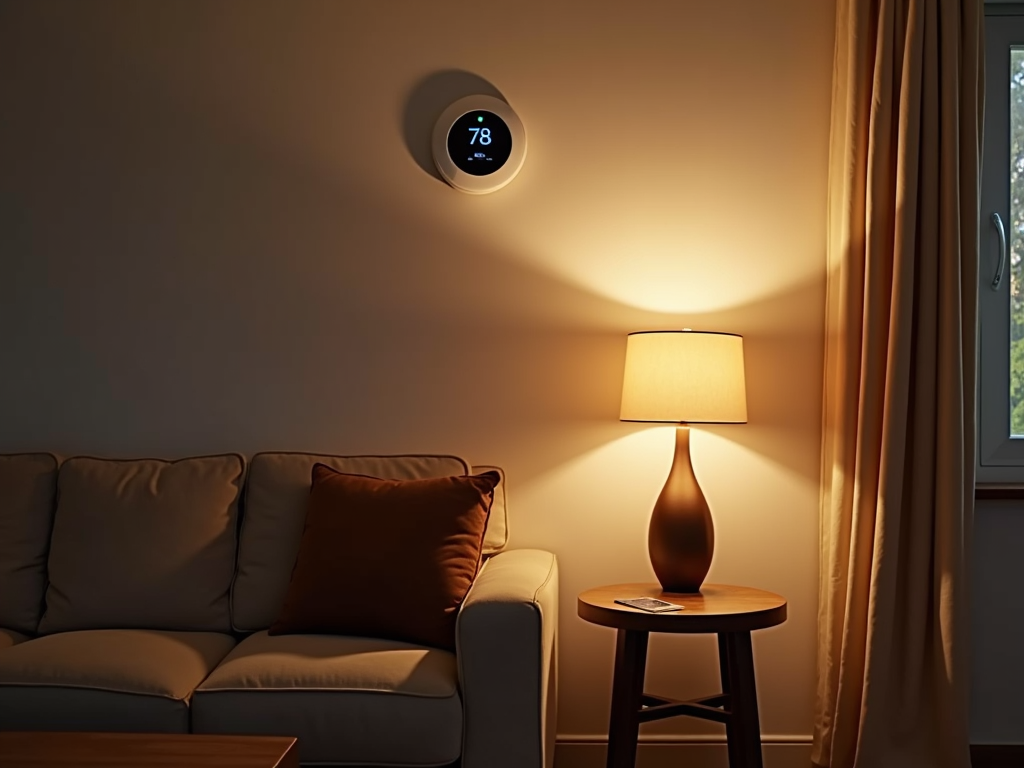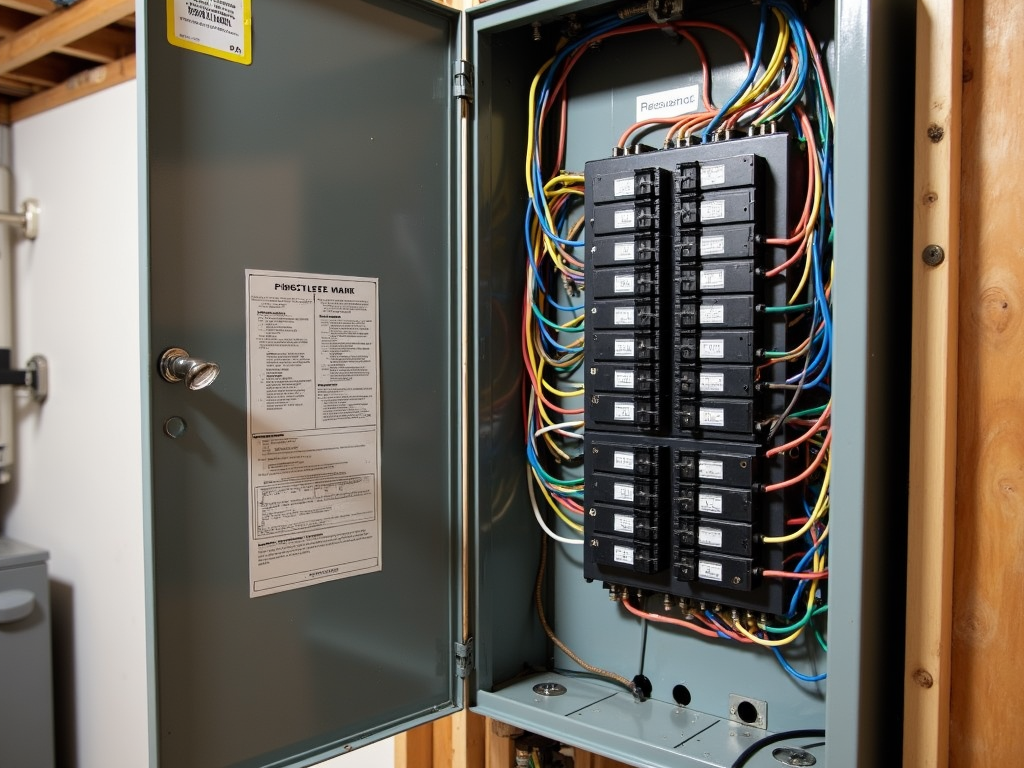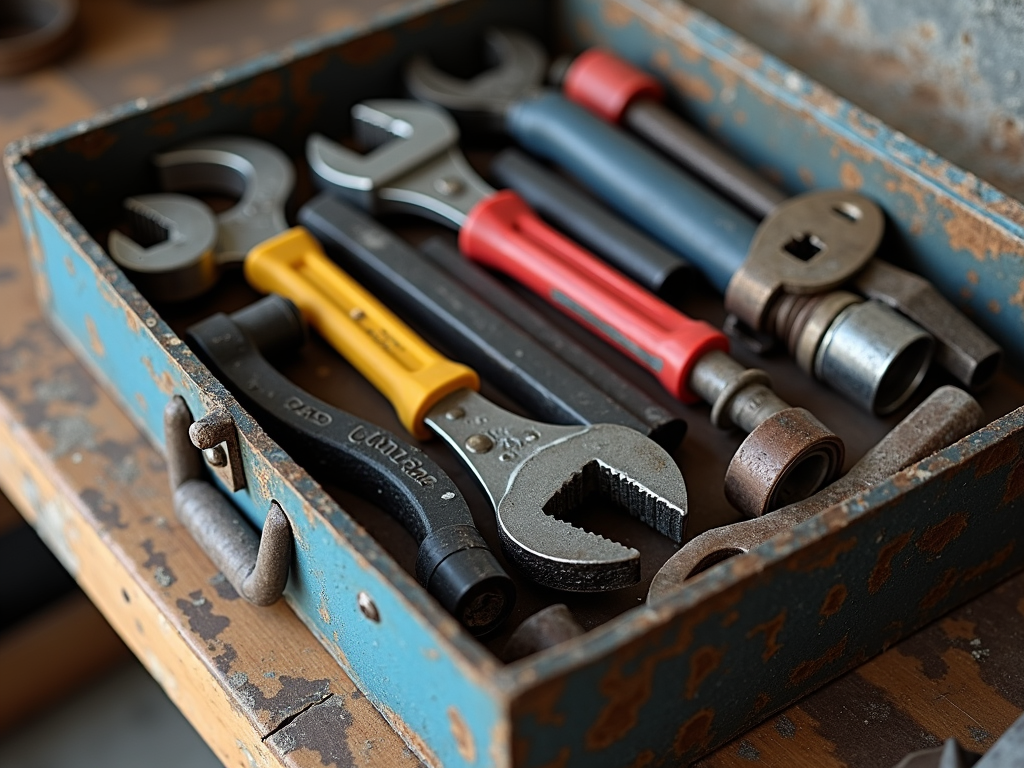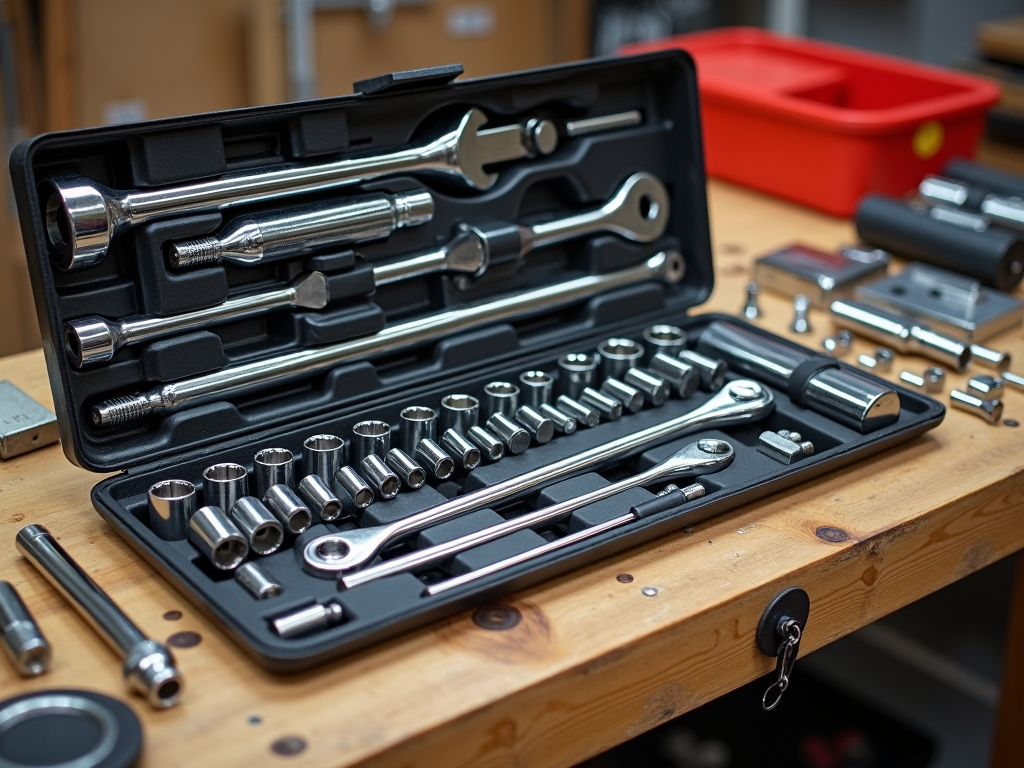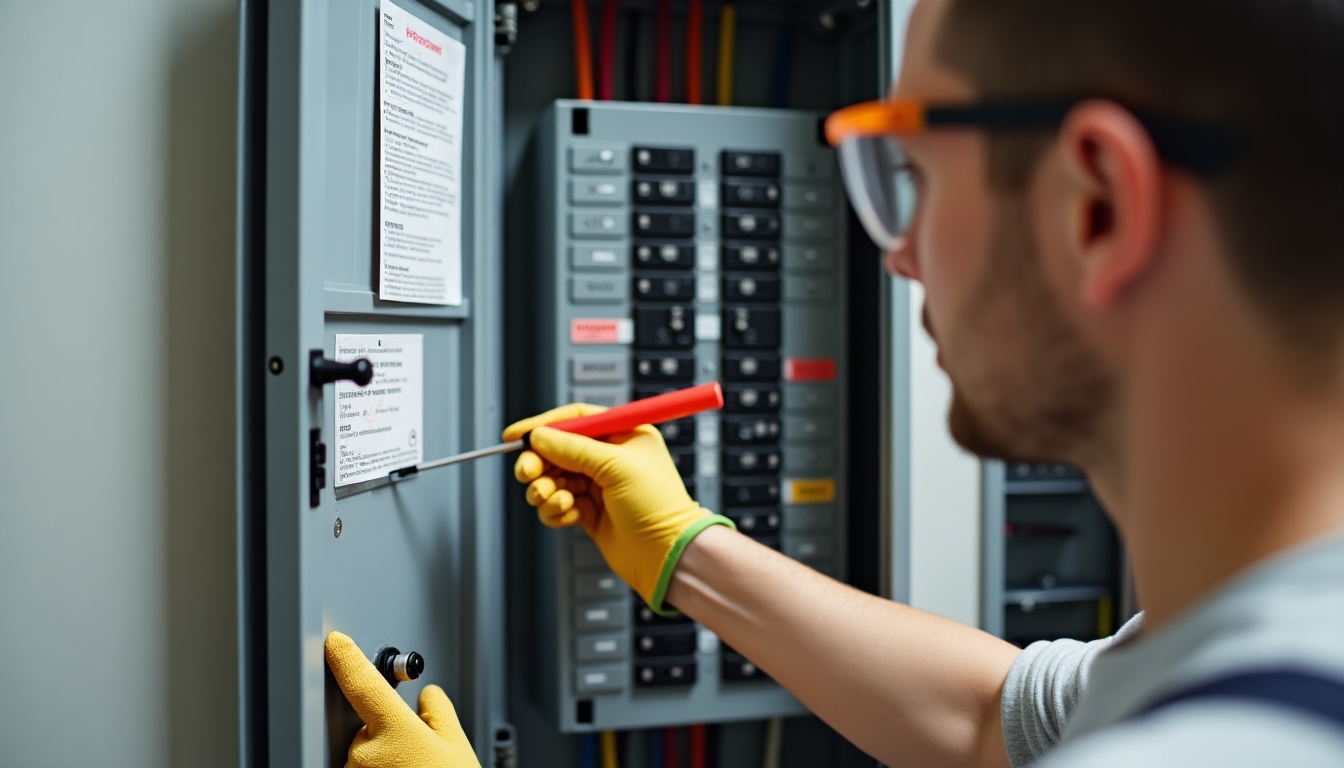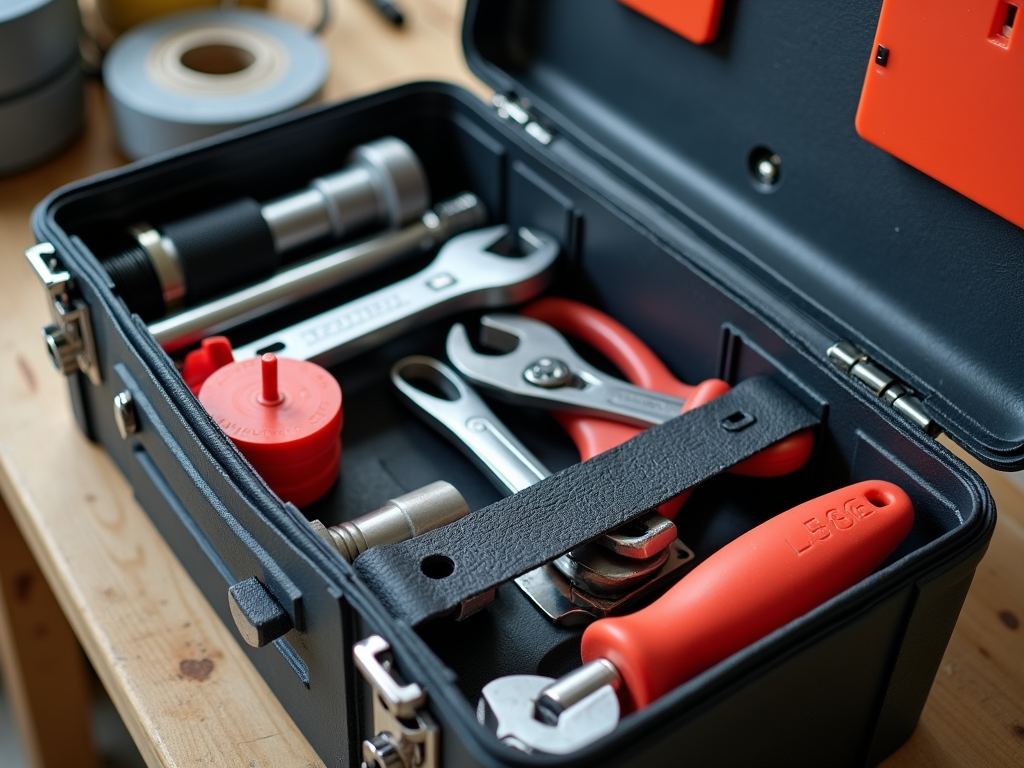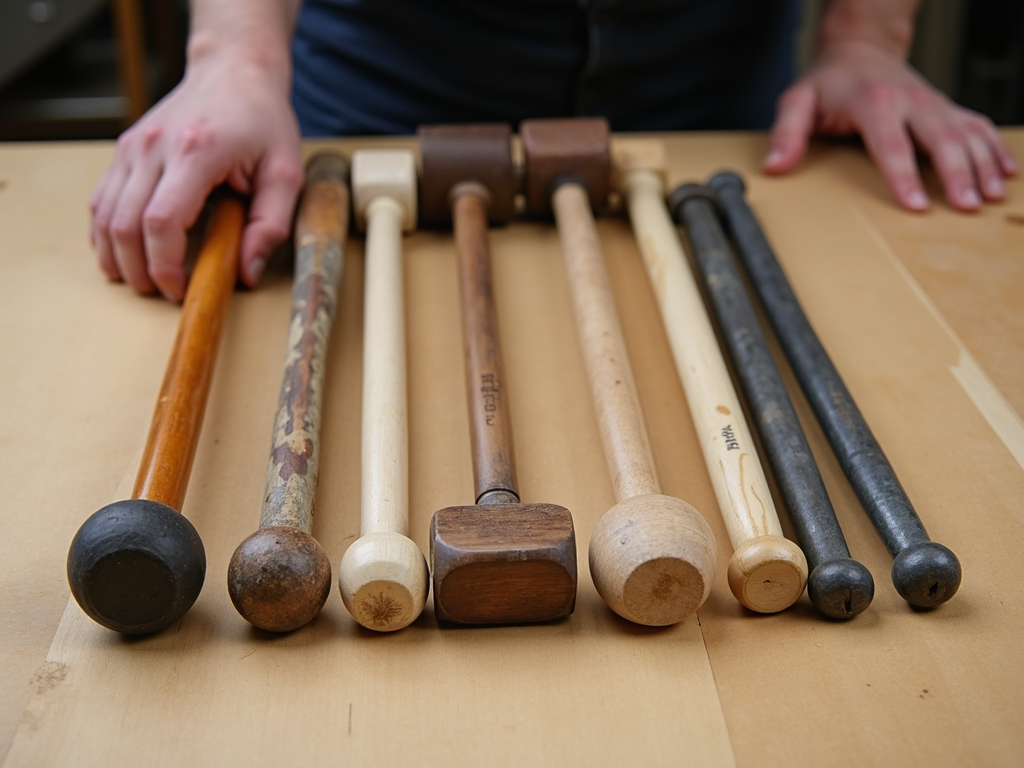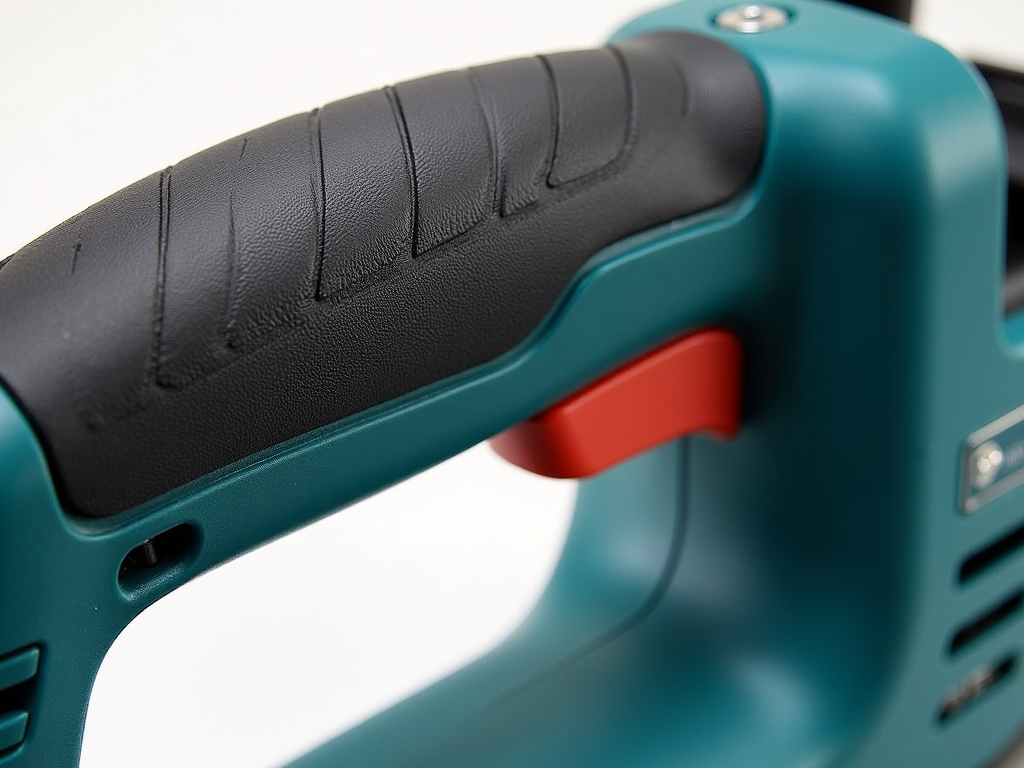Your home’s electrical system powers your life—lights, appliances, and gadgets all depend on it. This guide simplifies the basics of A Simple Guide to Your Home’s Electrical Setup, offering practical knowledge for homeowners. You’ll learn safety tips, tool essentials, and how to handle small fixes without fear.

The Basics of Your Electrical System
Your home’s electrical setup starts with the electrical panel, often called the breaker box. This is where power from outside enters and splits into circuits. Each circuit feeds a specific area—like your living room lights or kitchen outlets. Circuit breakers inside the panel protect your home by cutting power if something goes wrong, like an overload. Learning to find and reset a tripped breaker is a handy skill.
Wires run from the panel through your walls to outlets and switches. Most homes use copper wires because they’re reliable. Older homes might have aluminum wires, which can wear out faster. If you’re curious about your wiring, a quick check by an electrician can tell you what you’ve got.
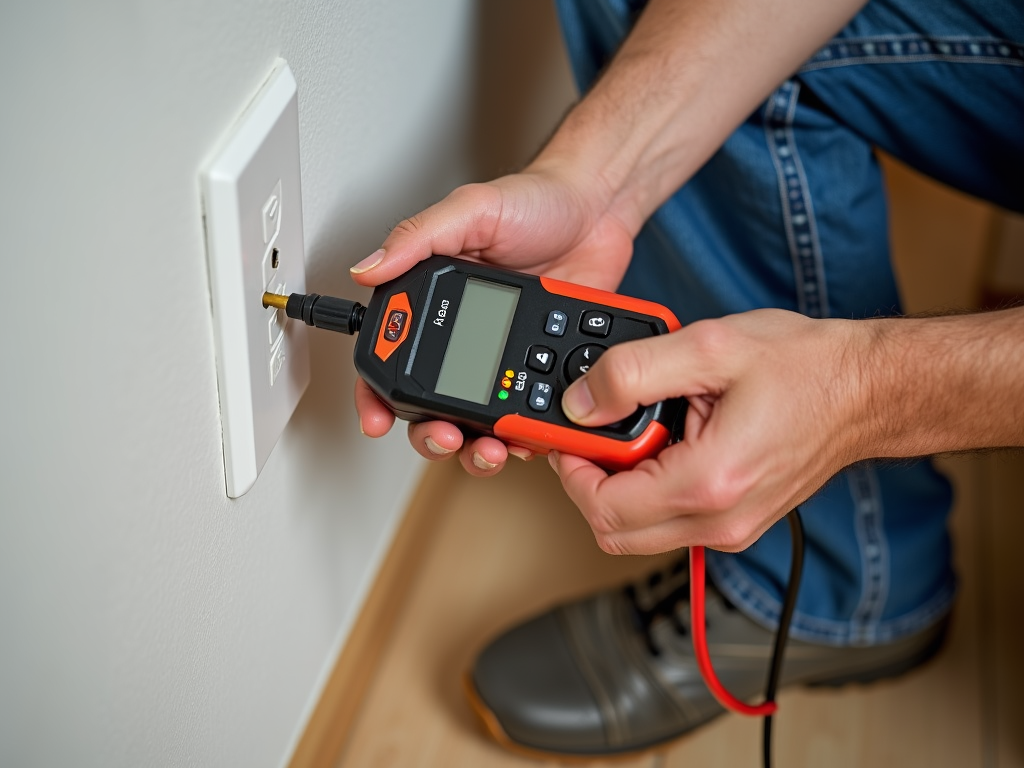
Safety Practices in Home Electrical Repairs
Electricity can be dangerous, so safety comes first. Here’s how to stay safe when fixing things:
- Shut off the power: Flip the breaker off before you start. Use a voltage tester to confirm it’s off.
- Pick the right tools: Use tools with insulated handles to avoid shocks.
- Dress smart: Wear rubber-soled shoes and safety glasses.
- Stay dry: Don’t touch wires or outlets if your hands or the area are wet.
- Know when to stop: If it feels too tricky, call an electrician.
These Safety Practices in Home Electrical Repairs keep you out of trouble.
I once swapped out a broken outlet myself. I turned off the breaker, tested the wires, and wore my sneakers. It went smoothly, and I felt proud knowing I did it safely.
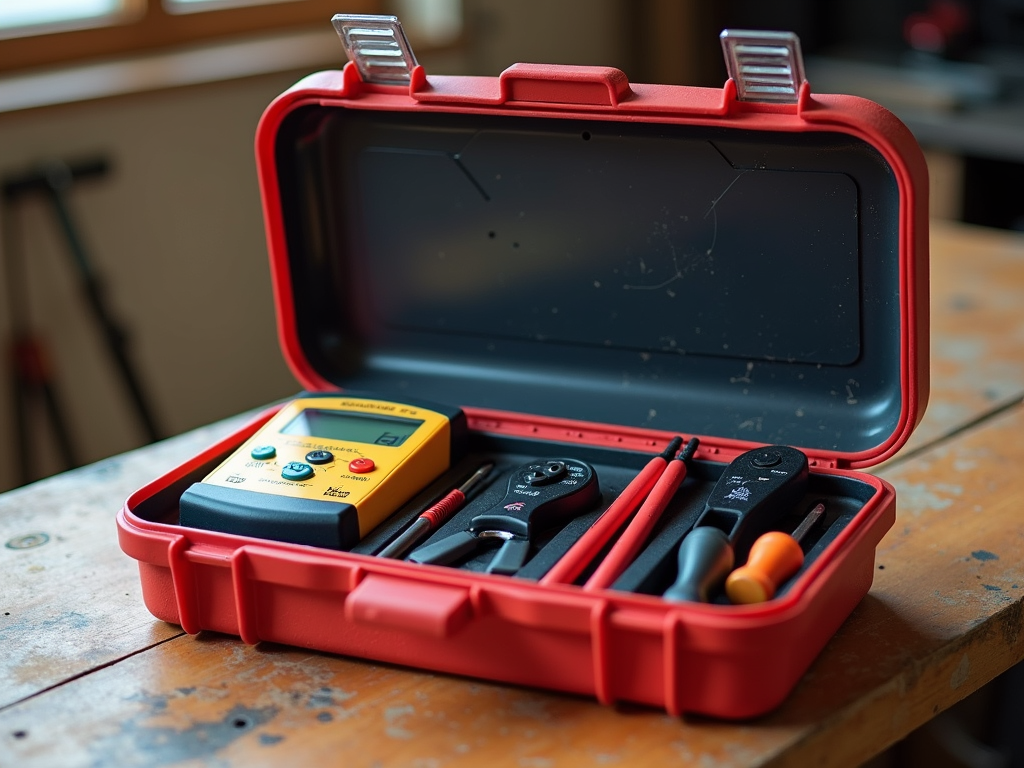
Comprehensive Guide to Electrical Tools
Good tools make electrical work easier and safer. Here’s a Comprehensive Guide to Electrical Tools every homeowner needs:
| Tool | What It Does |
|---|---|
| Voltage Tester | Shows if power is on |
| Wire Strippers | Cuts insulation off wires |
| Insulated Screwdrivers | Turns screws safely |
| Pliers | Holds and twists wires |
| Multimeter | Checks voltage and more |
These electrical tools are must-haves, and some double as workman tools for other projects.
When I bought my first voltage tester, I wasn’t sure I’d use it much. But it’s saved me from guessing whether a wire was live. Simple tools like these build your confidence over time.
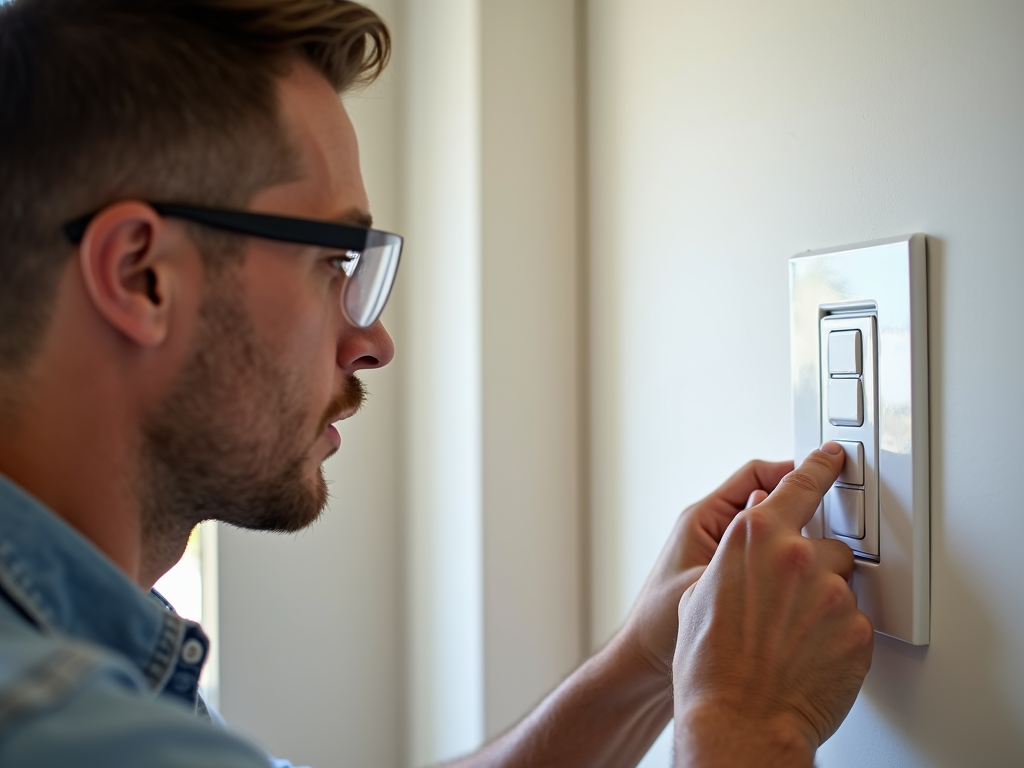
Fixing Common Electrical Problems
Things break sometimes, even in a good setup. Here’s how to handle a few common issues:
- Flickering lights: Tighten the bulb first. If it keeps flickering, check the switch or reduce plugged-in devices.
- Tripped breakers: Unplug some stuff to lighten the load. If it trips again, get help.
- Dead outlets: Look for a GFCI outlet nearby—it might need resetting. If that doesn’t work, the outlet could be bad.
One time, my bedroom outlet stopped working. I found a GFCI in the hallway, hit reset, and it came back on. Little discoveries like that make you feel like a pro.
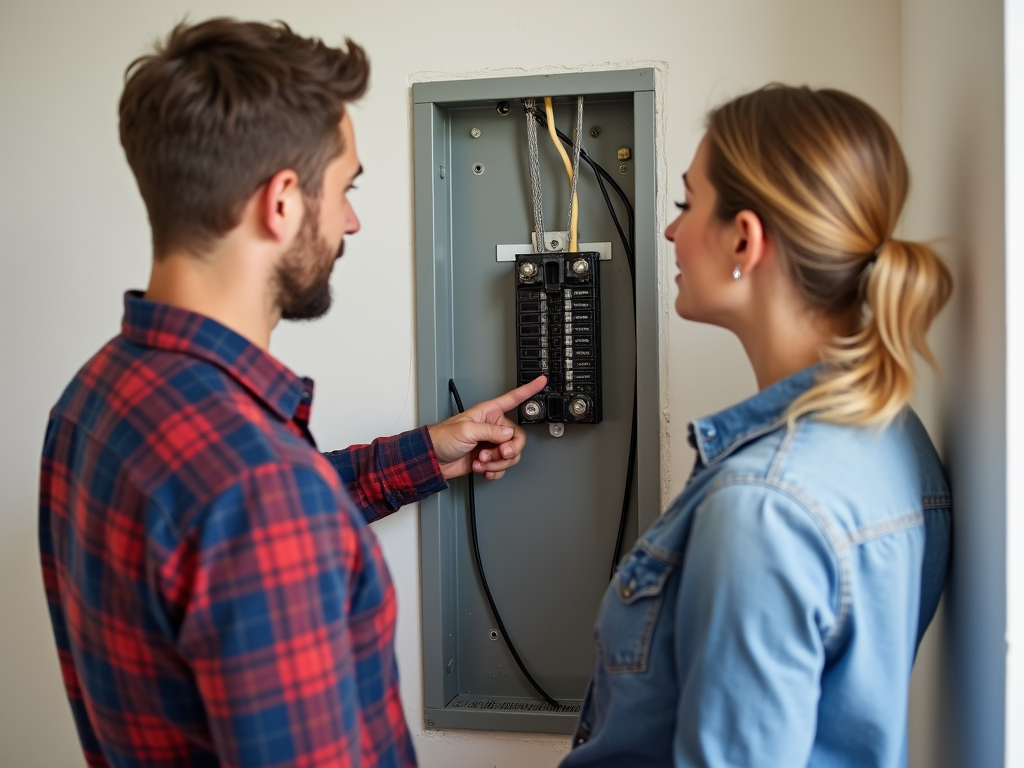
When to Get Help
Some jobs are too big for DIY. Call an electrician if you see:
- Breakers tripping a lot: Could mean bad wiring.
- Burning smells: That’s a fire risk—act fast.
- Big changes: Adding circuits or upgrading your panel needs a pro.
Safety matters more than saving a few bucks.
I tried wiring a new light once and got stuck. Calling an electrician finished the job right. It taught me there’s no shame in asking for help.
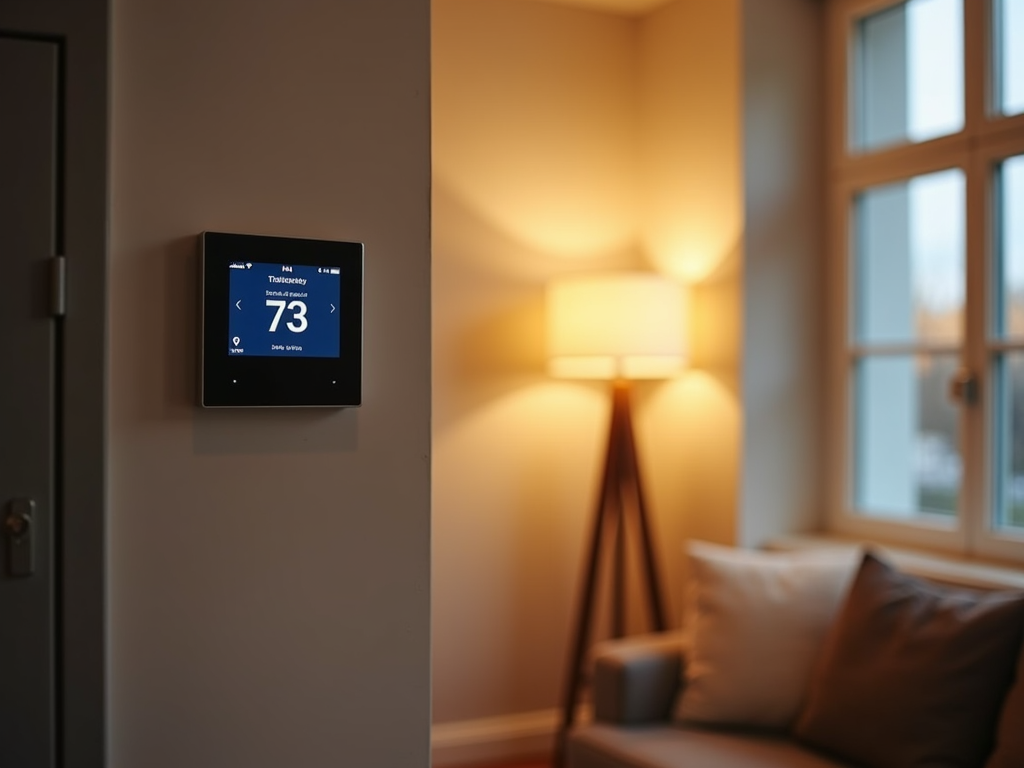
Updating Your Electrical System
Older homes might struggle with today’s needs. Signs you need an update include:
- Not enough outlets: Too many extension cords signal a problem.
- Aging wires: Pre-1960s homes might have old, risky wiring.
- Smart devices: New tech needs more power.
Upgrading can also save energy with things like LED lights.
After adding a smart thermostat, I noticed my old system couldn’t keep up. A small upgrade cut my energy bill and made life easier.

Wrapping Up
This A Simple Guide to Your Home’s Electrical Setup shows you don’t need to be an expert to understand your system. Start with safety, grab the right tools, and know your limits. You’ll keep your home running smoothly and feel good doing it. Want to learn more? Check out the recommended readings below.
Related A Simple Guide to Your Home’s Electrical Setup:
- Safety Practices in Home Electrical Repairs: A Comprehensive Guide
- Smart Home Basics for Beginners: A Comprehensive Guide
- Upgrading Your Home’s Electrical System
- Beginner’s Guide to Woodworking: Essential Tools, Safety Tips, and Simple Projects
- Essential Workman Tools for Plumbing Projects: A Comprehensive Guide
- How to Choose the Right Socket Set
- Picking the Best Electrical Tools for Home Projects
- Choosing the Right Tools for Your Plumbing Needs: A Comprehensive Guide
- How to Clean and Maintain Your Workman Tools
- Mastering the Mallet: A Guide to Perfect Hammering Techniques
- Ergonomic Workman Tools for Comfort: Enhancing Your Workday with Electrical Tools
- Essential Workman Tools for Beginners: A Comprehensive Guide

